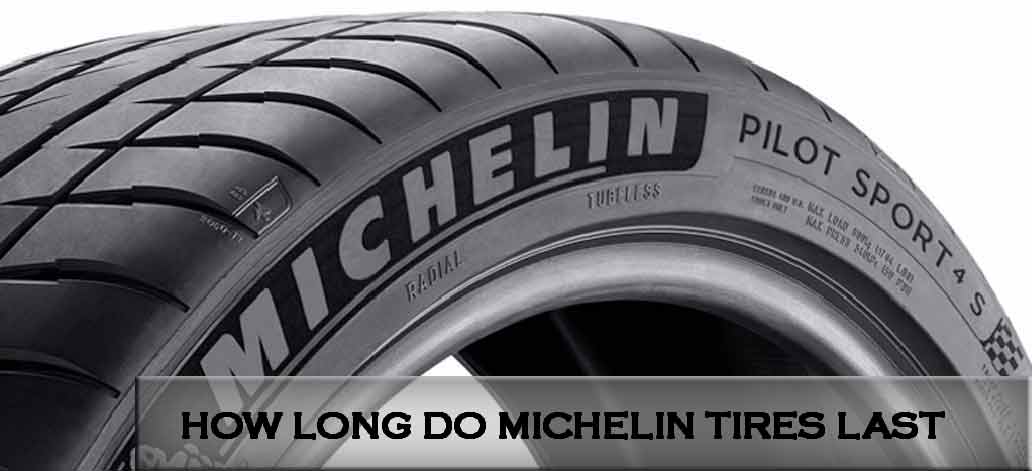The question, "How long does a tire last?" tends to be followed by several others like, “What causes a tire to wear? When should tires be replaced? What can be done to make tires last longer?” Fortunately, we can help provide clarity around these questions.
There is no exact answer to how long a particular tire will last, but there are things a driver can do to get the most out of their tire investment and avoid driving on unsafe tires. On average, people drive between 12,000 to 15,000 miles a year, which means the average good quality all-season tire will last somewhere between three and five years, depending on maintenance, driving style and conditions, etc.
The National Highway Traffic Safety Association (NHTSA) states a driver is three times more likely to be involved in a crash caused by poor tire condition. Safer is smarter when it comes to the health of tires, so if there is ever a question on tread wear or age, have the tires checked.
Multiple factors play a role in how long a tire may remain in service. Miles driven, road conditions, driving style, maintenance and age all affect how long a tire lasts.
Worn vs. Aged
Tires naturally wear the more they are driven and worn out tires provide reduced traction compared to those with adequate tread, especially in adverse weather conditions. Most drivers understand worn out tires (remaining tread depth at or below 2/32”) should be removed from service.
Many drivers are not aware that minimally used tires, like the ones on recreational vehicles, collectible cars, or even spare tires, tend to experience aging instead of wearing, due to a lack of driving. An aged tire has a substantial amount of tread; however, the structural integrity of the tire is weaker because the tire needs to be driven for the chemicals in the rubber to remain effective.
Curbs, Potholes, and Other Hazards
Hitting curbs or driving on roads in poor condition (potholes, broken pavement, poorly graded railroad crossings, unpaved roads, etc. ) can cause misalignment, and suspension damage that affects tire wear. If your daily drive includes these challenges, be sure to schedule annual suspension, alignment and tire checks.
) can cause misalignment, and suspension damage that affects tire wear. If your daily drive includes these challenges, be sure to schedule annual suspension, alignment and tire checks.
Weather Conditions
Driving in poor weather conditions like ice, snow, and rain can cause tires to wear quicker because they must work harder to maintain traction. Purchasing tires that are specially engineered to perform in specific weather conditions can provide drivers with an extra measure of traction and control (meaning greater safety) while delivering good treadwear.
Bridgestone offers different types of tires designed to keep you and your car safe during any weather or road condition. For example, Bridgestone's Blizzak tire series is built to perform in harsh winter weather conditions providing durable traction on snowy and icy roads, and the Dueler tire series is one of several that offer a secure grip on wet road conditions for areas that experience heavy rain.
Poor Driving Habits
Poor driving habits like hard cornering, quick acceleration, and sudden braking can increase the stress on tires tremendously, causing them to wear rapidly. Drivers can extend the life of their tires significantly by avoiding aggressive driving.
Drivers can extend the life of their tires significantly by avoiding aggressive driving.
Neglected Maintenance
It is important to regularly have tires checked for damage, to maintain air pressure levels, and to keep tires aligned and rotated. Without proper maintenance, tire life can be reduced by as much as half - even more, in some cases.
If the below signs are evident with your tires, it may be time to have them replaced.
Low Tread Depth
Tread loss is a significant sign a tire needs to be replaced. Low tread is a sign driver can physically see happening on their tire. Depending on the part of the tire that is wearing, there may be other problems with the vehicle.
Pronounced inner or outer shoulder wear: tires are misaligned
Edge of the shoulder wear: tires are under-inflated, need to be rotated or both.
Center wear: tires may be overinflated or have been subjected to extremely hard acceleration.
Cupped wear: the vehicle is experiencing suspension problems
All tires have tread wear indicators built-in, but if the tread looks low take time to do the penny test on the tires.
Rough Drive
If you’re experiencing a vibration (particularly if it just started), or high (and increasing) levels of tire noise it may be a sign your tires are out of balance, not wearing properly or have a structural issue. In some cases, this may affect safety, so have your tires checked by a qualified professional asap.
DOT Number
The U.S. Department of Transportation (DOT) number on the tire’s sidewall is another way to help keep track of when they need to be replaced. It’s easy to identify - look for the letters “DOT” followed by eleven or twelve letters and numbers. On tires made after the year 2000 the final four digits signify the week and year of manufacture. So, a tire with “3618” would have been made in the 36th week or 2018. A tire that has a 3-digit week-and-year code means the tire was made before the year 2000 and should be replaced due to age.
Bridgestone recommends that its Bridgestone or Firestone brand tires be removed from service after ten years regardless of their remaining tread depth. They also recommend periodic inspections by a qualified technician for damage such as punctures, impact damage, signs of improper inflation or overloading, or other conditions resulting from the use or misuse of the tire.
Tires are both one of the largest maintenance expenses a vehicle owner is likely to face, and one of the most critical in terms of driving safety and performance. For both reasons it’s important to care for them properly. Bottom line: good maintenance and driving habits help keep drivers safe, and it saves them money by extending tire life.
Easy Does It
Tire life can be reduced by as much as half when they’re subjected to a lot of hard braking and aggressive acceleration from a standstill. Avoiding tailgating to reduce the need for frequent hard braking will increase tire life. Easing into the throttle when pulling away from a stop reduces strain on the tires and improves wear. Slowing before sharp corners also reduces stress on tires, as does avoiding potholes and broken pavement when possible. If you’re interested in spending less on tires, following these steps can help.
Easing into the throttle when pulling away from a stop reduces strain on the tires and improves wear. Slowing before sharp corners also reduces stress on tires, as does avoiding potholes and broken pavement when possible. If you’re interested in spending less on tires, following these steps can help.
Regular Maintenance
Another way to extend tire life is to keep up with the proper maintenance of a vehicle and its tires. A couple of things you can do yourself are to check the air pressure and tread depth. You should have a qualified technician periodically check their balance and alignment and be sure to have tires rotated at regular intervals. maintenance is essential for your tires to perform their best and last their longest.
Factory tires are those that are installed on new cars and shipped out to dealerships.
Let’s dive into the longevity of those tires.
How long do factory tires last?Depending on the manufacturer and the treadwear rating, the factory tires on your vehicle can last anywhere from 30,000 to 60,000 miles. Most car brands install good and durable tires from the major tire brands.
Most car brands install good and durable tires from the major tire brands.
Table of Contents
Factory tires are also known as OEM (Original Equipment Manufacturer) tires. The factories choose a soft rubber tire to be installed on most vehicles. As such, they wear out faster than standard tires.
The factory tires are designed by the car’s manufacturer, not a tire company. As such, they are not going to provide the long-distance wear that you want in a tire.
Do some research to find out what OEM tires come with the vehicle you are interested in purchasing. The tires can vary based on the trim level of the tire, too. So, for example, trim levels that focus on performance or off-roading may have a better tire than the base trim level.
Most tires will start to show significant wear within 20,000 to 30,000 miles.
Once the tire starts to wear, you won’t be able to replace them.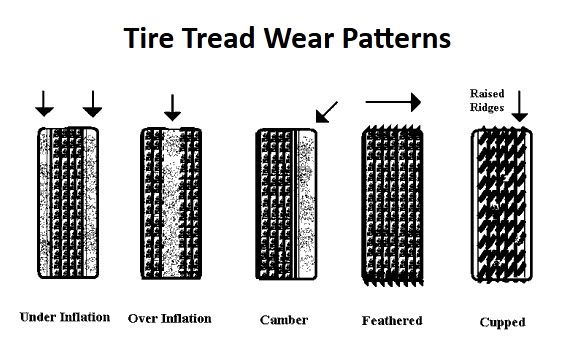 Instead, you’ll shop for tires that are produced by a reputable tire manufacturer.
Instead, you’ll shop for tires that are produced by a reputable tire manufacturer.
When you read the paperwork from the dealership, you’ll find out how long the factory tires are warrantied for. Don’t expect the “bumper to bumper” warranty to cover your need for new tires, either.
When you consider that the average person drives 15,000 miles a year, you should plan on replacing your tires on a new car within two years.
Generally, new cars are not equipped with good quality tires.
Most manufacturers want to produce the smoothest ride possible.
The way to achieve a smooth ride is by using soft rubber tires. And soft rubber will wear twice as fast as the harder rubber found in quality tires.
If you test drive a car and it has a smooth ride, you’re more likely to buy it. They assume that most people will not care about the tires.
You won’t realize that you’ve been sold soft tires, either, until it’s time to replace them.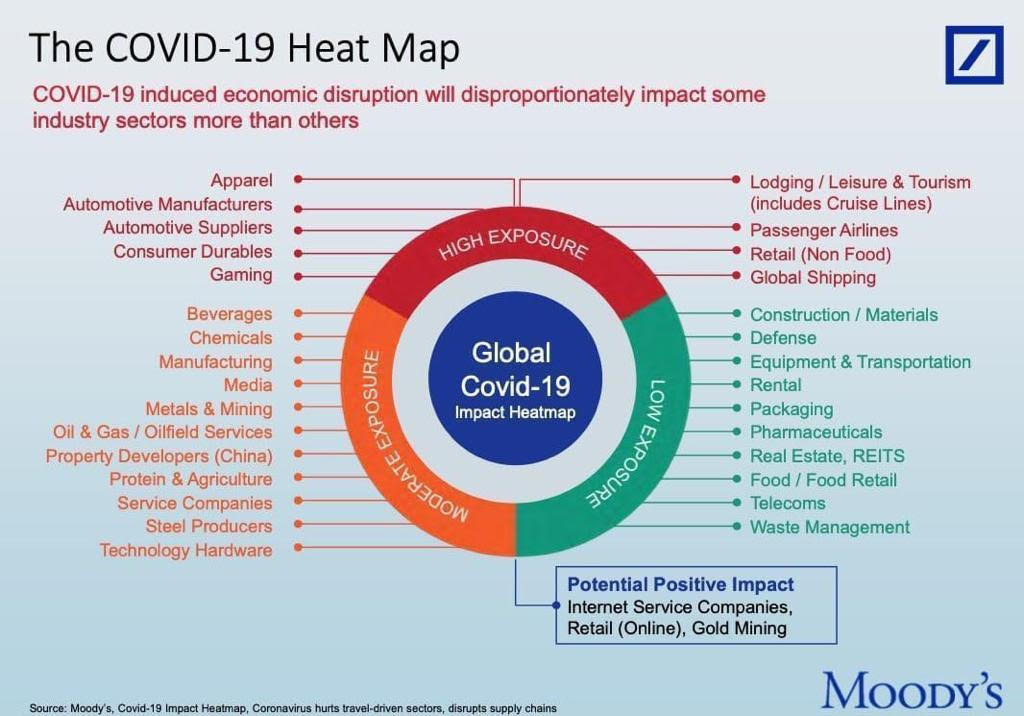 As for replacement time – it will be considerably sooner than you might expect.
As for replacement time – it will be considerably sooner than you might expect.
While it’s easy to blame the tire manufacturer for the need to replace soon, it is actually the factory’s fault. They chose soft tires to make a sale, not to provide you with longevity.
Upgrading the tires on a new car is a matter of personal preference as well as driving behavior.
While factory tires won’t last as long as standard tires, they can still provide a decent ride for 30,000 miles. You simply have to be ready to replace them faster than tires you buy from a tire center.
Making an upgrade is important in various situations:
You have to consider what you’re exposing your vehicle to on a regular basis.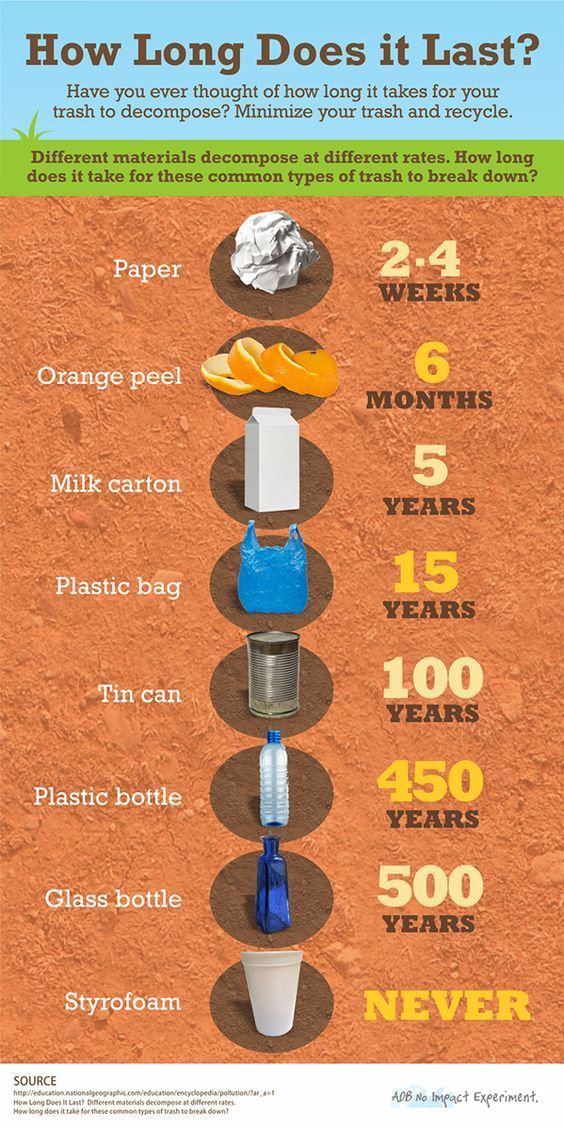 If the factory tires are capable of providing you with an acceptable drive, leave them on until they need to be replaced.
If the factory tires are capable of providing you with an acceptable drive, leave them on until they need to be replaced.
If you find that the factory tires won’t do, then upgrade them. It’s not worth keeping OEM tires if they can’t perform the way you need.
There are a few tire categories you should consider.
Touring:
Touring tires are some of the most common. They offer traction in wet and dry conditions and have a long tread life – often at 70,000 miles or more.
All-terrain:
If you do a lot of driving off-road or are in mountainous terrain on paved roads, you’ll want the added traction that all-terrain tires can deliver.
Performance:
If you spend your time in the city or doing a lot of responsive handling, performance tires are capable of offering traction and a sporty feel. The tread life may not be as high as touring, but they are tough enough to respond as you need.
All-season:
These tires are capable of handling the hot and cold temperatures.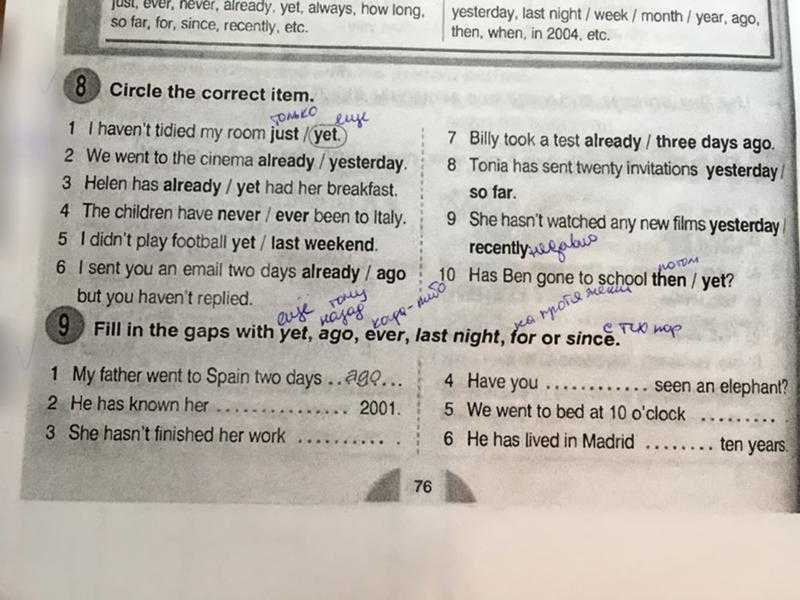 They provide traction in virtually all types of weather, including both dry and wet conditions.
They provide traction in virtually all types of weather, including both dry and wet conditions.
Winter/Snow:
When you’re faced with ice, snow, and slush often, you need tires that are optimized for the cold weather. These tires should only be used during the colder season.
Track/Competition:
If you spend your time on racetracks or drag strips, these tires are capable of exceptional handling. Only some of these tires are rated for street use. Additionally, you’ll want to look at the tread life – many are short because of the miles you’ll rack on in a competition.
Ask questions of the dealership to find out what kind of tire they recommend. It can help you to understand more about the tire that will provide you with the best driving experience.
Upgrading the tires on a new car can often be a worthwhile investment.
You may even be able to sell the factory tires as many tire shops offer deals on used and OEM tires.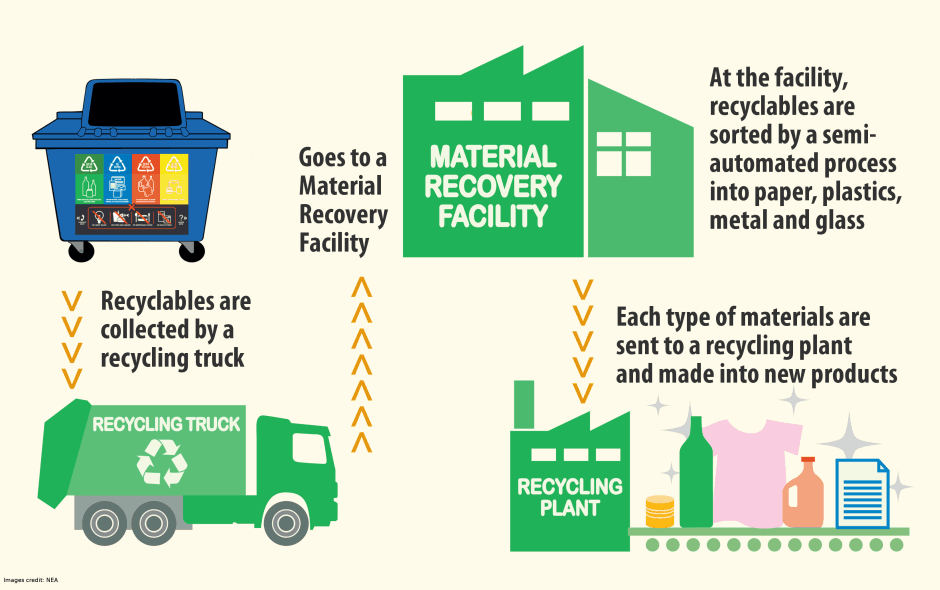
Negotiating is always a possibility when you buy a new car. Dealerships have a significant amount of flexibility to make a sale.
Some car dealers have even provided a variety of add-ons to make vehicles more desirable. So, before you start to negotiate, find out if there are OEM or premium tires installed on the vehicle you’re looking at.
The average dealer already has plans to offer you something above and beyond the sticker that’s on the new car. It’s all a matter of finding out how much they plan to spend.
Common add-ons include:
In order to get a car with all of the add-ons that you want, it’s important to negotiate.
Talk to the dealer about what you want. This will give them an opportunity to add on some of the items in order to make the sale.
If a dealership tells you that they can’t give you new tires, remind them that they can. Knowledge is power. Dealerships may tell you that they cannot give you something simply because they don’t want to.
Knowledge is power. Dealerships may tell you that they cannot give you something simply because they don’t want to.
Especially if you know of a dealership where new tires have been negotiated, use that as leverage.
In many instances, dealerships will add the cost of new tires to the deal. Even if you have to pay to get better tires, it can be better to do it this way. The reason is that the dealership will add it at wholesale cost.
If you wait until after you buy the car, you will pay retail cost.
The savings between wholesale and retail can be several hundred dollars, depending on the make and model of the tires.
The moment you buy a new car, you’ll want to check the quality of your tires.
It will ensure you know how long they will last. It will also help you to understand how your tires will perform in various situations.
Checking the tires is a multi-step process.
Read up on the tire warranty that is given to you with your new tires. Some will have a better tire warranty than others.
Remember that there is fine print with every warranty. In order to make a warranty claim, you may have to prove that you have done your due diligence with tire maintenance:
If you’re not happy with the tire warranty, you’ll want to consider replacing your factory tires as quickly as possible.
Every tire on the market is given a tread wear index that ranges from 200 to 800.
The lower the number, the softer the rubber. As you find tires with a higher tread wear index, they will last longer.
If you had a 200 tread wear index on your tires and you replace them with 400 tread wear index, you can expect the new tires to last you twice as long.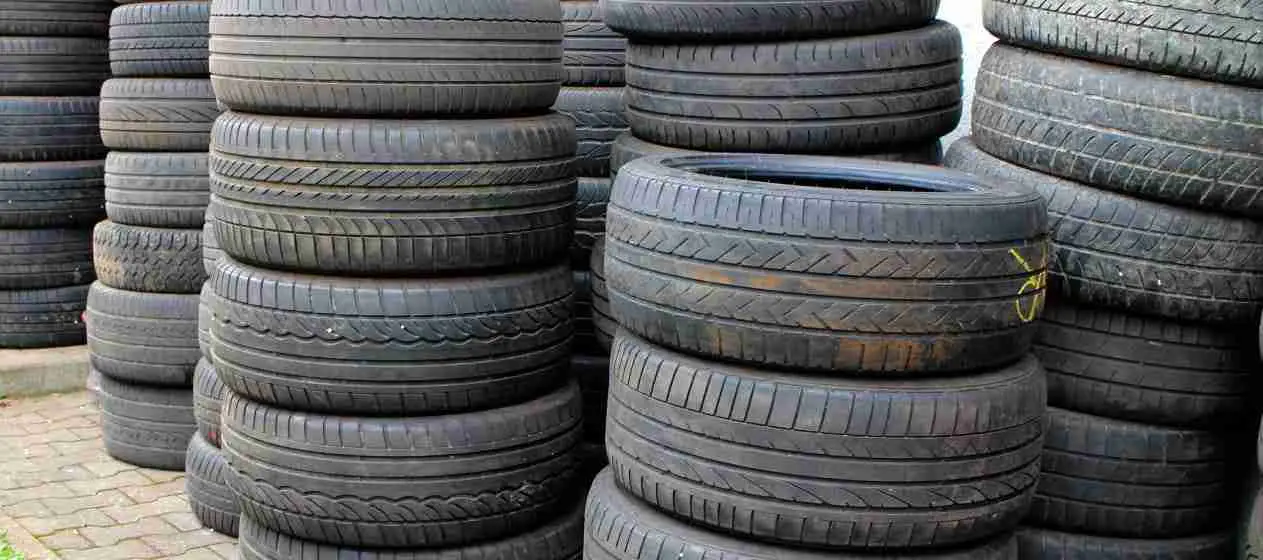
Softer tires may offer a smoother ride, but they don’t offer any kind of real durability. Most people won’t even notice a difference with the harder rubber tires.
The performance rating on your tires is critical. You have to understand what they are rated for so that you don’t expect too much from the factory tires.
The speed rating is particularly important. Some factory tires aren’t rated for more than 70 mph. If you do a lot of speeding, the rubber can break down faster. It could lead to a blowout – and at high speeds, the result could be catastrophic.
You also need to see whether the tires are capable of withstanding the road conditions they will be exposed to – off-road terrain, ice, snow, and more.
If the tires aren’t performance rated, they should be replaced before you expose them to anything they can’t handle.
The tire pressure that you maintain makes a big difference. In the door jamb of your car, the recommended air pressure is listed. The numbers listed include the minimum and maximum tire pressure recommendations.
In the door jamb of your car, the recommended air pressure is listed. The numbers listed include the minimum and maximum tire pressure recommendations.
Often, car manufacturers “recommend” the lowest tire pressure. The reason for this is that it offers a smoother ride.
Try out the PSI in the higher range of what’s recommended. You may find that you’re able to get longer tire wear without getting too rough of a ride. The adjustment could help you to keep your factory tires a bit longer, allowing you to get your money’s worth.
Take some time to read online reviews about the factory tires installed on the make and model care that you have bought.
By reading what real people have to say about the tires, you can gain more insight.
The reviews, ideally, should be from people who are in the same part of the country as you. This will give you a better idea as to whether the tires can handle the weather and terrain more effectively.
Factory tires are not the tires you want to keep on your vehicle. They are there to provide a basic purpose of giving you a smooth drive.
As soon as the tires wear to an unacceptable level, you’ll want to upgrade so that you can get longer tread life.
In some instances, it pays to ditch the OEM tires as soon as you can.
Once you have quality tires in place, you can enjoy the performance of your vehicle to the fullest.
OEM Tires (Everything You Need to Know)
13 Tips for Negotiating with a Car Dealer
Why New Car Tires Wear Out So Fast
0003Related materials
7 rubber signals: what the tire says about car problems
How do you know when tires are completely worn out and it's time to change them? Everything is simple. For summer tires, the limit is 1.6 mm of residual tread depth, and for winter (or all-season tires used in winter) - 4 mm.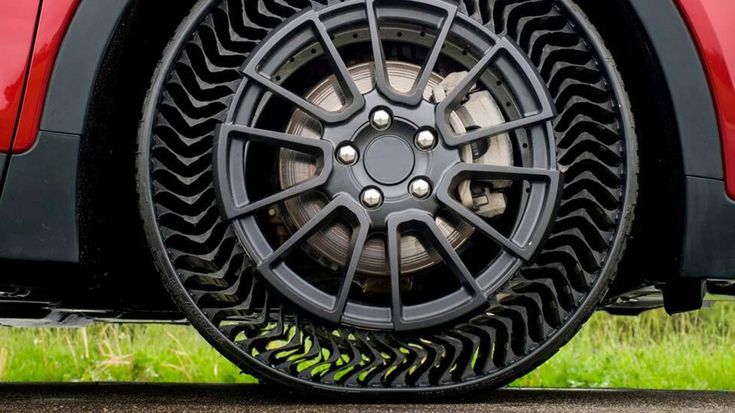 Modern summer tires can travel from 40,000 to 70,000 km, depending on driving style and vehicle characteristics. An average motorist rolls such a mileage on summer tires in 2-3 seasons. Moreover, wear implies not only a decrease in tread depth. For millions of cycles of deformation, the strength of the carcass and its adhesion to the layers of the rubber compound are violated. In short, every 2-3 years you should buy a new set of tires. nine0003
Modern summer tires can travel from 40,000 to 70,000 km, depending on driving style and vehicle characteristics. An average motorist rolls such a mileage on summer tires in 2-3 seasons. Moreover, wear implies not only a decrease in tread depth. For millions of cycles of deformation, the strength of the carcass and its adhesion to the layers of the rubber compound are violated. In short, every 2-3 years you should buy a new set of tires. nine0003
In case of irreparable damage to one of the tires and a relatively high total mileage of the kit, it is also worth considering replacing it. Well, or about buying at least a pair of new tires, which, for any type of drive, should be installed on the front axle. We put two tires back - the most decent of the remaining ones.
Many motorists drive only a few thousand kilometers a year. This does not mean that the tires will serve you for several decades. According to Russian requirements (GOST 4754-97), the service life of passenger car tires is 5 years from the date of manufacture. And for example, Continental recommends that all car tires (including the spare tire) older than 10 years old should be replaced with new ones. Therefore, with small runs, you can navigate for ten years. The date of manufacture of the tire is indicated on the sidewall. Usually it is an oval with four numbers. The first two are the ordinal number of the week in the year, the last two indicate the year.
And for example, Continental recommends that all car tires (including the spare tire) older than 10 years old should be replaced with new ones. Therefore, with small runs, you can navigate for ten years. The date of manufacture of the tire is indicated on the sidewall. Usually it is an oval with four numbers. The first two are the ordinal number of the week in the year, the last two indicate the year.
Related materials
How to change the car yourself - detailed instructions
Tires should be rotated periodically in accordance with the vehicle manufacturer's recommendations - information on this can be found in the owner's manual.
We can advise you to carefully use the tires and, most importantly, to store them correctly in the off-season. First of all, during storage, it is important to exclude direct sunlight from hitting the tires, which greatly age the rubber.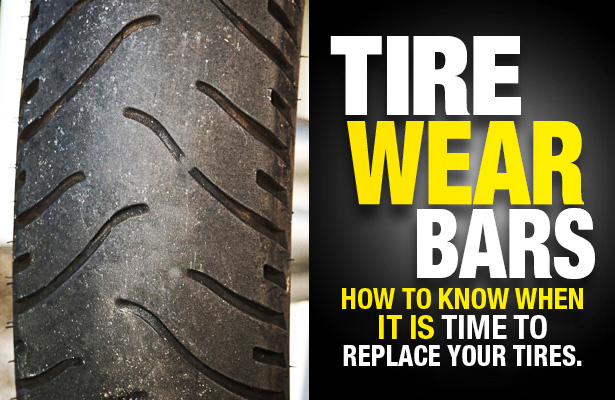 Tires without rims should be placed vertically, and stacked on rims. nine0003
Tires without rims should be placed vertically, and stacked on rims. nine0003
And before installing tires on a car at the beginning of the season, evaluate their condition. There should be no cracks in the tread and sidewalls. The tire should not be dry, it should remain rubbery and not look like baked plastic.
Related materials
Driving on badly worn tires - will I be fined or not?
Winter tires have a much shorter life span. They almost always fail due to the wear of the treadmill, because the tread of a new tire is 7–8 mm, and only 3–4 mm remain working height. If the tires are studded, then with such wear there are very few metal elements left, and the tire will not provide adequate safety when driving on a winter road. However, not only spikes, but also Velcro, with such a degree of wear, also lose most of their capabilities. nine0003
The real life of winter tires rarely exceeds 30,000 km. "Bald" winter tires without studs can be re-rolled in summer, but their grip on hot road surfaces will be very poor. This must be taken into account, especially when braking.
***
So: tires that have not yet worn out along the tread (that is, up to 1.6 mm tread depth for summer tires, 4 mm for winter tires) are changed either ten years after the date of issue, or when the rubber layer cracks tires or damage. nine0003
Our new video
Why do I choose a used Vesta, not a new grant: 5 arguments
The first test of the Chinese Dongfeng EC35 (video)
Niva and UAZs became the best gift for the fighters of
? Subscribe and you will always be in the know!
Driving in Zen
News smi2.ru
The tire tread is the outer part of the wheel that provides traction in all weather conditions.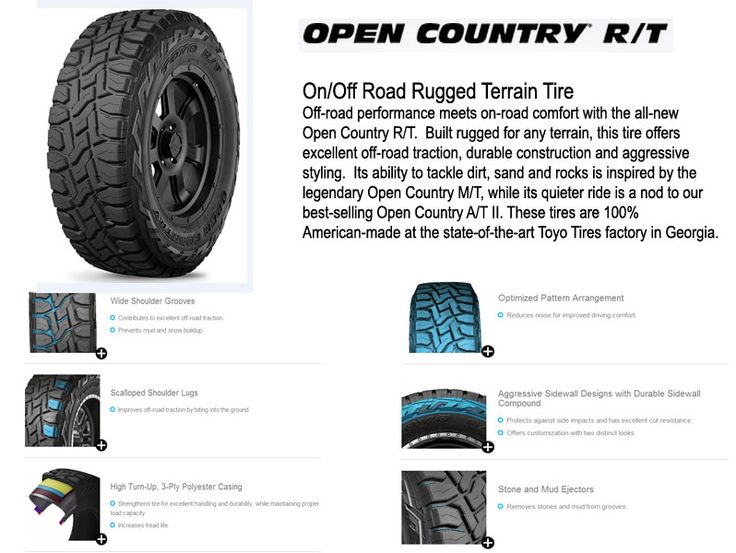 The protectors inevitably wear out during the operation of the car, the working height of the slope decreases. The residual tread depth should be periodically monitored and the set of tires should be renewed in time - this will reduce the risk of losing control of the car and save the car owner from fines from the traffic police.
The protectors inevitably wear out during the operation of the car, the working height of the slope decreases. The residual tread depth should be periodically monitored and the set of tires should be renewed in time - this will reduce the risk of losing control of the car and save the car owner from fines from the traffic police.
Tread wear rate depends on many factors:
Measuring the thickness of the tread layer will allow you to accurately determine the degree of tire wear and make a decision in time to replace them with new ones.
Different tires have different wear limits. Tread depth affects vehicle handling and road safety.
| According to Chapter 5 of the SDA, limiting norms for the height of the tread pattern have been established. For category M1 - passenger cars - as well as vehicles of categories N1, O1 and O2, the minimum allowable value is 1.6 mm. When using winter tires on snowy or icy surfaces - the limit is 4 mm. |
Let us explain what categories of vehicles we are talking about:
N1 - vehicles intended for the carriage of goods, having a technically permissible maximum mass of not more than 3.5 tons;
O1 - trailers, the technically permissible maximum mass of which is not more than 0.75 tons;
O2 - trailers, the technically permissible maximum weight of which is over 0.75 tons, but not more than 3.5 tons. nine0003
The traffic police officer has the right to measure the residual depth with a verified device. In case of a recorded violation, a fine is imposed on the car owner.
The new summer tire has an average tread depth of 7-8 mm. The service life of summer tires is usually 3-5 seasons with average mileage and moderate driving style.
| Residual height limitation by law is 1. |
Do not wait until the critical value is reached. Make sure you change tires in advance.
Winter tires are used in severe weather conditions: low temperatures, icy conditions, on snowy road surfaces. Worn elements make the tire ineffective on slippery winter roads. Accordingly, a more serious approach to the condition of the tire tread is needed.
Non-studded friction tire (Velcro) with a tread depth of 8-9mm. A new studded model - from 9 to 11 mm, some firms produce a tread with a height of 12-18 mm.
| If the tread wear is up to 4-5 mm, the winter set of tires needs to be replaced. In addition, the loss of more than 50% of the metal spikes is also a reason to change the car's shoes. |
The average life of winter tires is 2-4 years.
Universal all-weather is used in a temperate climate both in winter and in summer, it is optimal at temperatures from +10 to -10˚C. This type of tire is not suitable for use in snowfall or severe frosts. SDA allows the use of all-season tires in the winter if there is a special marking:
| All-season tires last 3-4 years on average. In summer, at high temperatures, all-weather tires wear out much faster. It is recommended to buy new tires when the tread layer is abraded to a value of 2-2.5 mm. |
You can estimate the remaining tread layer in various ways:
On some tire models there are special volumetric indicators in the form of jumpers. Check: if the tread layer is worn down to the level of the jumpers, the tire is not suitable for further use. nine0003
On the surface of certain types of tires, manufacturers knock out numbers of various depths. Depreciation is assessed visually - by the visibility of individual numbers.
Depreciation is assessed visually - by the visibility of individual numbers.
With the help of measuring instruments: from a metal ruler, caliper, depth gauge to an electronic tread depth gauge.
Many motorists measure the remaining tread depth with a coin. Warning: this method of measurement is not accurate. It will not show you actual tire wear figures. nine0003
Tire tread height should be measured at least at 6 different points, preferably at 9 or even 12: in the center and from both edges of the tread, at different points around the circumference of the tire. The measurement results at all specified points must match. If they do not match, then the tire wears unevenly. The driver should find out why this is happening. Some causes of uneven tire wear are low or high pressure in them relative to the regular one, suspension failure, extreme driving style. nine0003
Old tires have become unusable, the amount of tread remaining is approaching a critical line - no need to take risks, it's time to change your car's shoes. There is a great temptation to get by with small financial costs and purchase a set of used tires. Be careful!
There is a great temptation to get by with small financial costs and purchase a set of used tires. Be careful!
Sellers advertise used tires in good or excellent condition. Do not be too lazy to personally measure the height of the tread layer. And remember: for winter tires, a residual tread depth of 4 mm is already 100% wear. nine0003
When buying used tires with tires, it is important to remember that tires of different manufacturers and seasonality initially have different tread heights (when they are new). And most importantly: the tires have, accordingly, different wear limits - the tread depth at which the tire begins to lose important characteristics. These differences are most noticeable in winter and summer tires. Keep these points in mind when measuring the remaining tread depth of used tires.
The quality of domestic roads, unfortunately, does not allow tires to be used for 7–10 years. If you still decide to buy a used kit, check the year of manufacture - it is better not to consider tires older than 8 years. nine0003
nine0003
there is no guarantee for tires bought from hands;
the seller can cheat - for example, offer tires from different manufacturers in one set. Some especially enterprising salesmen even cut the tread on the worn rubber, as if the tires had not yet worn out;
you will have to spend a lot of time picking up tires from private sellers - much of what is put up for sale is only suitable for recycling; nine0003
Products may have hidden or visible defects. Visible are punctures, tears, cuts. A tire with a lot of damage can collapse in motion. Hidden defects include damage to the cord, which most often occurs after punctures or a strong blow. A car with such a malfunction may wiggle on the road, and it will be unstable;
the goods were stored in the wrong conditions, for example, under direct sunlight - this reduces the life of the tires and they will quickly become unusable, even if the residual tread depth is ideal; nine0003
it is not always possible to carry out a tire fitting in the presence of the seller, you will have to check the kit yourself after payment.